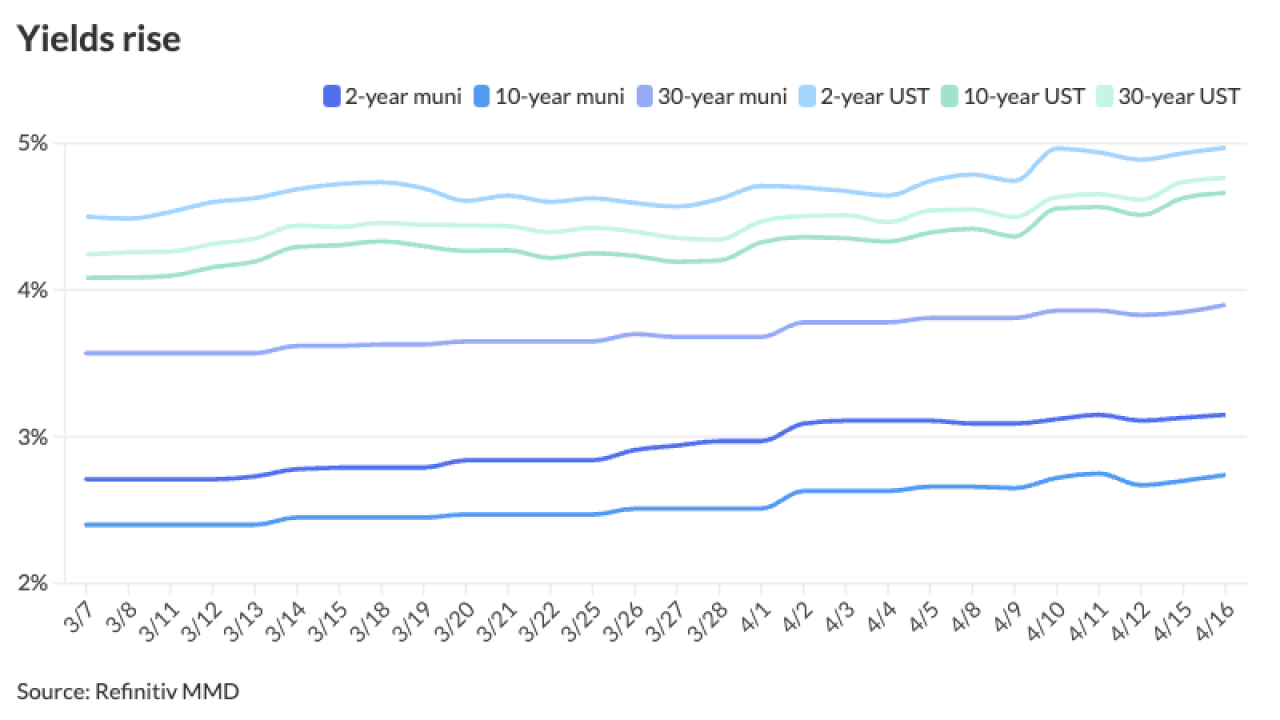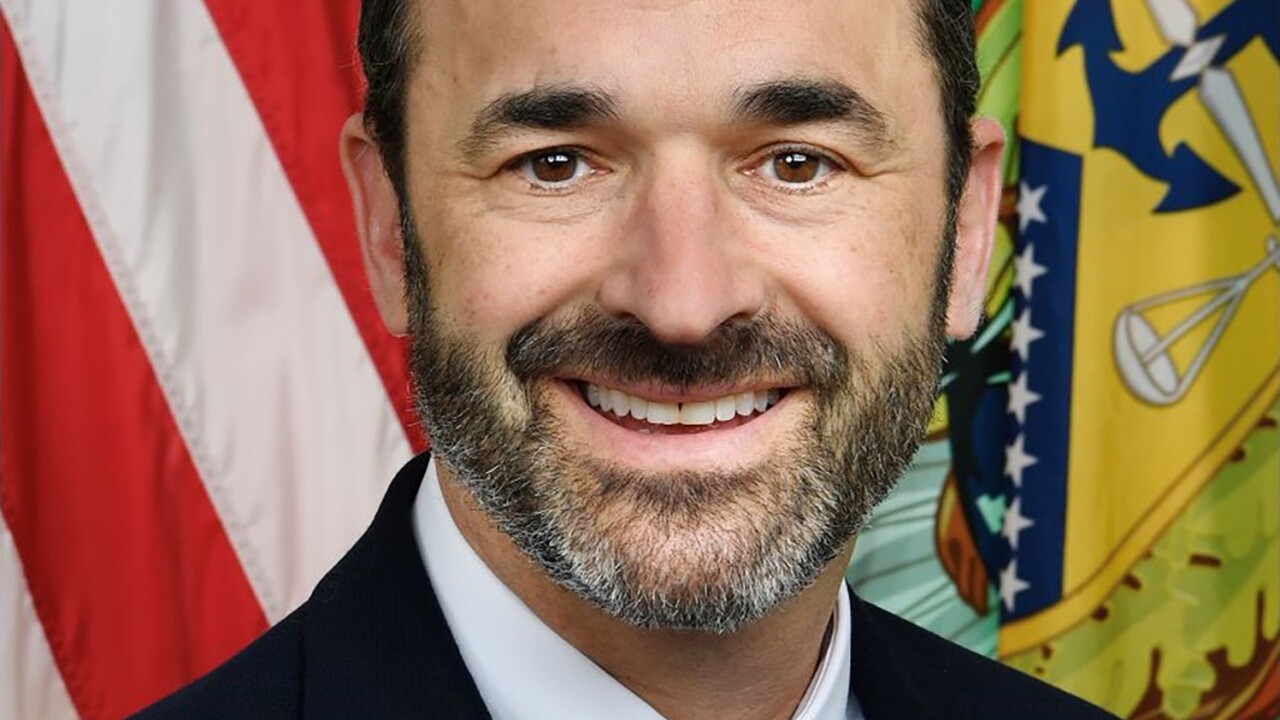WASHINGTON — Though the national infrastructure bank proposed in President Obama’s American Jobs Act met with a frosty reception from Republican lawmakers, there is some support among transportation industry lobbyists and academics for various bank bills pending before both chambers of Congress.
The pending bills would create a federal authority authorized to provide financial assistance to infrastructure projects, including by providing state and local governments with funds to back tax-exempt bonds. But most of the legislation has remained stuck in committees for a year without a vote.
“The proposals are there,” said Jack Basso, director of finance and program management for the American Association of State and Highway Transportation Officials. He said it’s unclear whether any of the infrastructure bank bills will see the light of day.
The pending bills have been introduced by Reps. Rosa DeLauro, D-Conn., and Amy Klobuchar, D-Minn., as well as Sens. John Kerry, D-Mass., John D. Rockefeller, D-W.Va., and Sherrod Brown, D-Ohio, among others.
However, the existence of state infrastructure banks, as well as loans and loan guarantees that the U.S. Transportation Department provides to state and local governments under the federal Transportation Infrastructure Finance and Innovation Act, have raised questions about why a national infrastructure bank is necessary.
“An expanded TIFIA program could serve a lot of those same needs,” Basso said. But he also pointed out that the proposed national banks would help fund non-transportation initiatives, such as drinking water and sewage projects.
“We should take a look at all these programs,” Basso said.
Janet Kavinoky, executive director for transportation and infrastructure at the U.S. Chamber of Commerce, said an infrastructure bank could be beneficial, at least in theory. “We still support the concept,” she said, “and think it could make a difference in the long run in job creation and drawing in private capital to infrastructure investment.”
Michael Likosky, the director of New York University’s Center on Law and Public Finance, said there is still a good chance that some form of national infrastructure bank will emerge. Likosky pointed out that while TIFIA is a federal tool useful for transportation financing, it isn’t as inclusive as an infrastructure bank that would also encompass water, sewer, energy and other infrastructure projects.
“I think the outlook is still very good,” Likosky said, pointing particularly to Kerry’s Building and Upgrading Infrastructure for Long-Term Development Act. That bill would create a federal finance authority to fund infrastructure projects expected to cost at least $100 million, or $25 million for rural projects. It would also repeal the alternative minimum tax for public activity bonds. It is awaiting action by the Senate Finance Committee, of which Kerry is a member.
“It’s a water, transportation and energy bank,” Likosky said. “I don’t see it as a competitor to TIFIA.”
Muni market participants, however, aren’t convinced that a new federal authority could finance projects any more effectively than the usual strategies for backing munis, including tolls, taxes or user fees.
“It’s puzzling to me what people see in an infrastructure bank,” said William Daly, a senior vice president at the Bond Dealers of America. Daly said he wonders about the appeal of federal loans issued at Treasury interest rates to back bonds that could be backed with toll or tax revenue.
“Why would you use this mechanism?” he asked.





